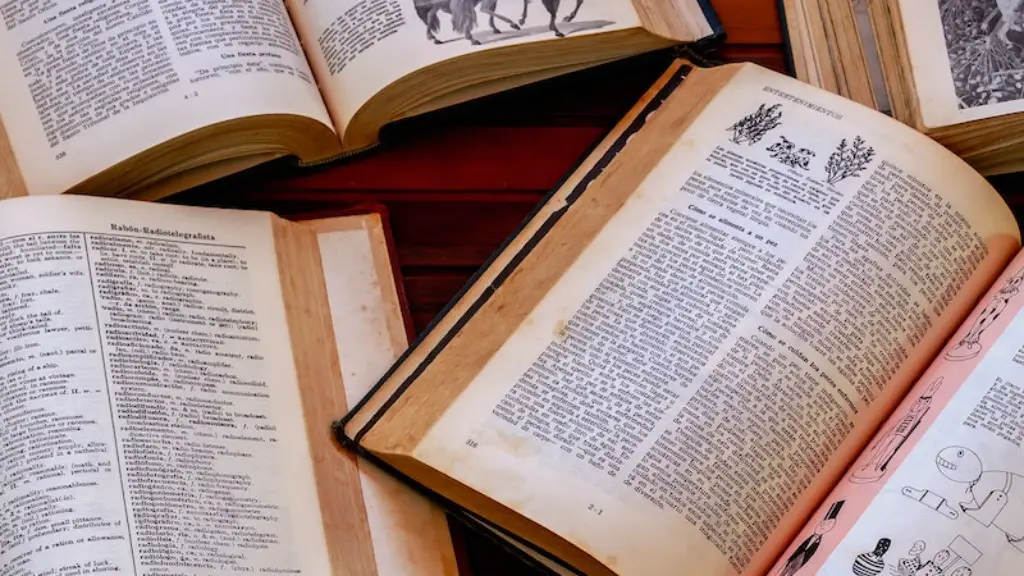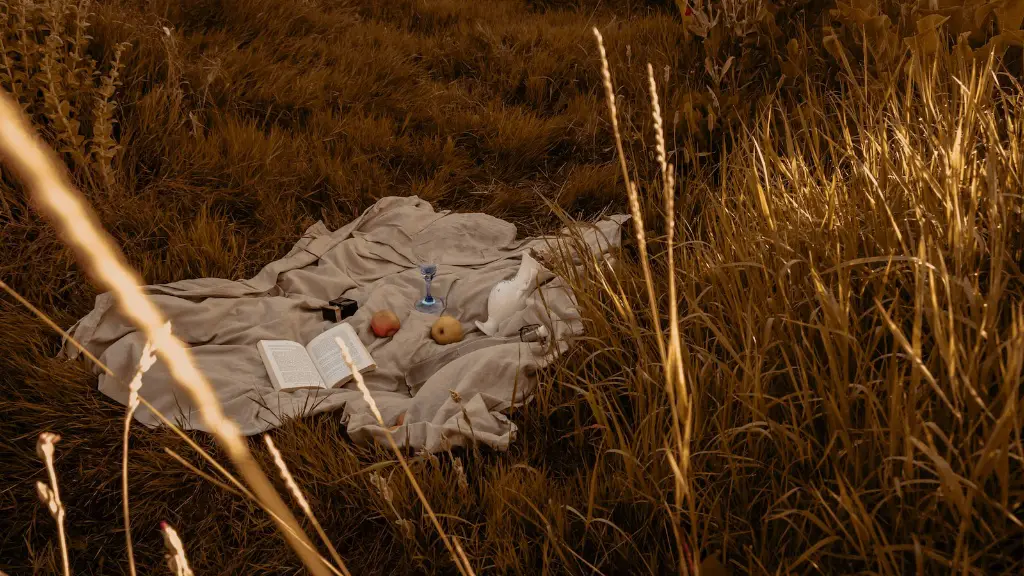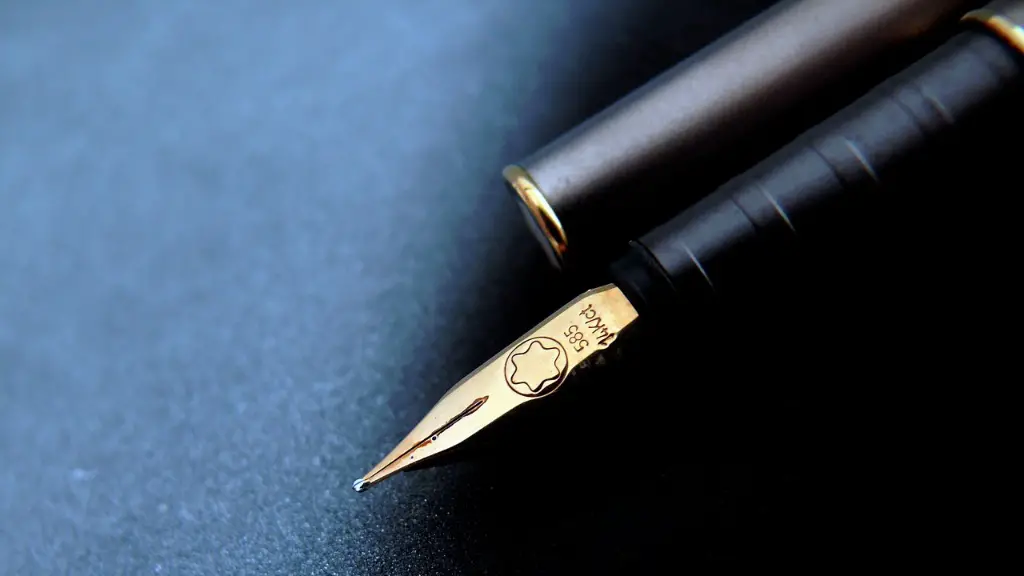Materials
Blackout poetry is a type of creative writing that can be used to convey various emotions and thought-provoking messages. To get started, you need to select a material. Most often, this material is a pre-published text, such as a newspaper article, poem, children’s book, and comic books. Any material that you choose should captivate the interests of your students and be of an appropriate reading level. For example, if working with younger students, choose a children’s book that they can easily read. Additionally, make sure to provide enough copies of the material, so each student has access to the same text.
Step-By-Step Guide
To begin teaching blackout poetry, you should first provide an overview of the concept and purpose. Explain to students that blackout poetry is a form of creative writing that involves transforming existing texts and creating new meaning. Tell them that through the process of blackout poetry, they can create powerful, thought provoking messages without writing any new words.
Once the general concepts have been discussed, provide a step-by-step guide for creating a blackout poem. Firstly, students should select a material. Then, students should examine the selected material and highlight words or phrases that draw their attention. This could include certain words that evoke emotion, or a phrase that could be used as the title. Next, students should use a black marker to blackout all other text. Lastly, they should rearrange the remaining words to create a poem.
Discussions and Collaboration
After providing the step-by-step guide, you should lead a discussion based on the process of creating a blackout poem and brainstorming ways that the activity can be used. Facilitate this discussion by asking questions such as “What types of words do you like to highlight in your blackout poem? What emotions or themes are you trying to convey in your poem?” Through this discussion, students can collaborate and discuss the different themes, styles, and purposes of blackout poetry.
Reflection and Analysis
Once the blackout poems are completed, have the students review and analyze their work. This can be done through a group discussion and/or individual reflections. For example, you can ask questions like “What did you discover when you created your blackout poem?” or “What emotions or messages are portrayed in your poem?” Through this process, students can develop their own interpretations of the poem and gain deeper insight into the purpose of the activity.
Application of Blackout Poetry
Once students have created and analyzed their blackout poems, they can discuss ways that the activity can be applied. This can include extending the activity by writing a story based on their poem, or having students create their own blackout poem on a different topic. Additionally, have students research artists and authors who have used blackout poetry and discuss the impact of their work in society.
Critique and Revisions
Once students have finished creating their blackout poems, they should review and revise their work based on critiques from peers. This provides students the opportunity to develop their poetry writing skills by understanding how to effectively transition between ideas and expressing their work in a clear and concise manner. Additionally, it allows students to understand how to effectively provide constructive feedback to their peers.
Integration of Technology
Finally, if desired, you can integrate technology into the activity. Have students type their poem into a digital platform to make revisions and enhance their work. Then, have them display their poem through a digital platform, such as Google Docs, or an online photo editor. This will enable students to collaborate and share their final work in an interactive manner.
Teacher Preparation
Before teaching blackout poetry, it is important that teachers have a comprehensive understanding of the activity and its importance. This can be done through researching artwork and materials created by other artists who have used blackout poetry. Additionally, it is helpful for teachers to become familiar with providing critiques for writing, so students can effectively revise and analyze their work.
Inclusion of Cultural Elements
When teaching blackout poetry, it is also important to consider incorporating cultural elements into the activity. For example, teachers can ask students to select a culturally relevant material, such as a sermon, poem, or book, to use when creating their blackout poem. Additionally, you can ask students to discuss how their poem reflects their culture and identify any cultural similarities that emerge from the process.
Exploring Multiple Perspectives
When exploring blackout poetry, it is important to discuss multiple perspectives and interpretations. Have students critique and analyze their poems from a variety of different angles. This can be done by exploring themes, styles, and messages that are expressed through the veil of ignorance. Additionally, ask students to consider personal and collective experiences when creating their poems as this can help them gain deeper insight into the variety of perspectives that exist in the world.
Creative Writing Strategies
When teaching blackout poetry, it is important to provide strategies that help students with the creative writing process. Ask them to focus on key words, such as action verbs, adverbs, and adjectives, to enhance the impact of their poem. Additionally, provide specific strategies for evaluating and revising their poem. For example, ask them to read their poem aloud to get a sense of the overall flow and understanding any areas that need to be revised. Through this process, students can improve their creative writing skills and produce effective blackout poems.


